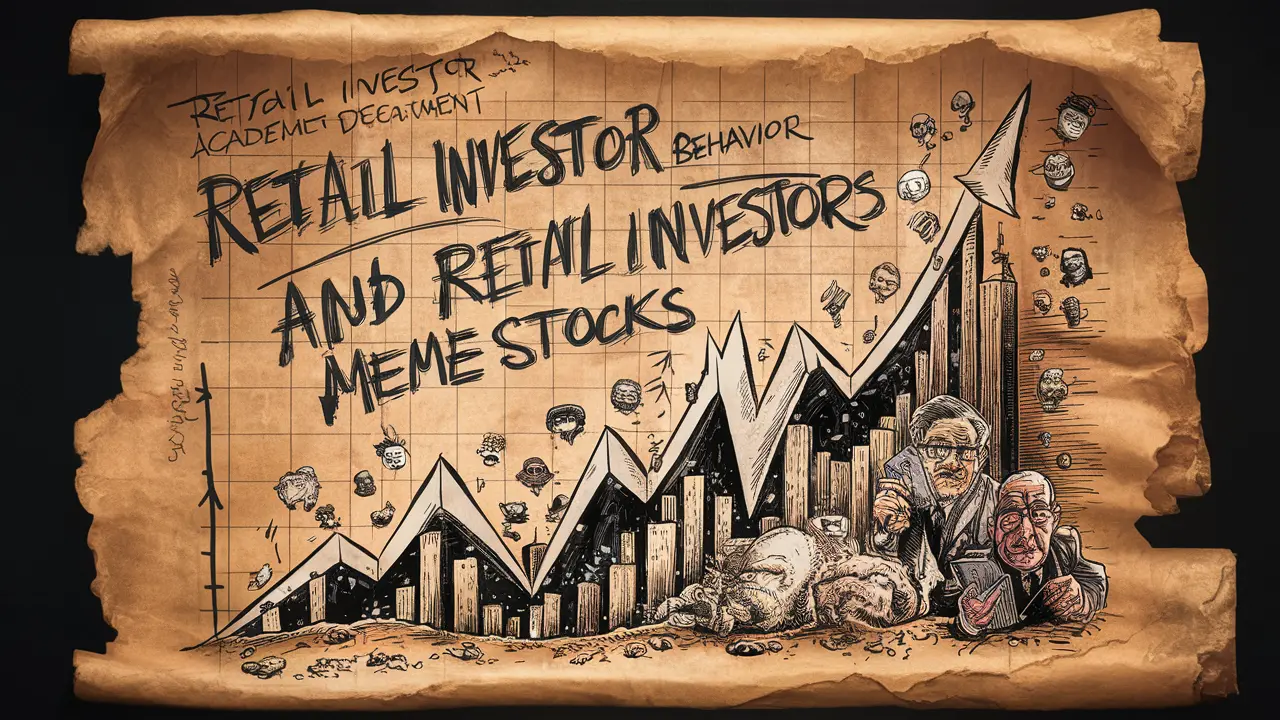Meme stocks have taken the investment world by storm. These are stocks that have gained massive popularity, often driven by online communities and social media buzz. The meme stock phenomenon has been fueled by:
- Increased accessibility to trading platforms for retail investors
- The rise of commission-free online brokerages like Robinhood
- Social media forums like Reddit’s WallStreetBets acting as rallying points
Retail investors have banded together to drive up prices of heavily shorted stocks like GameStop and AMC, causing massive short squeezes. This has disrupted traditional investment strategies and raised concerns about market manipulation.
Let’s explore what meme stocks are, what motivates retail investor behavior around them, and the implications for the future of investing.
The Rise of Retail Investors
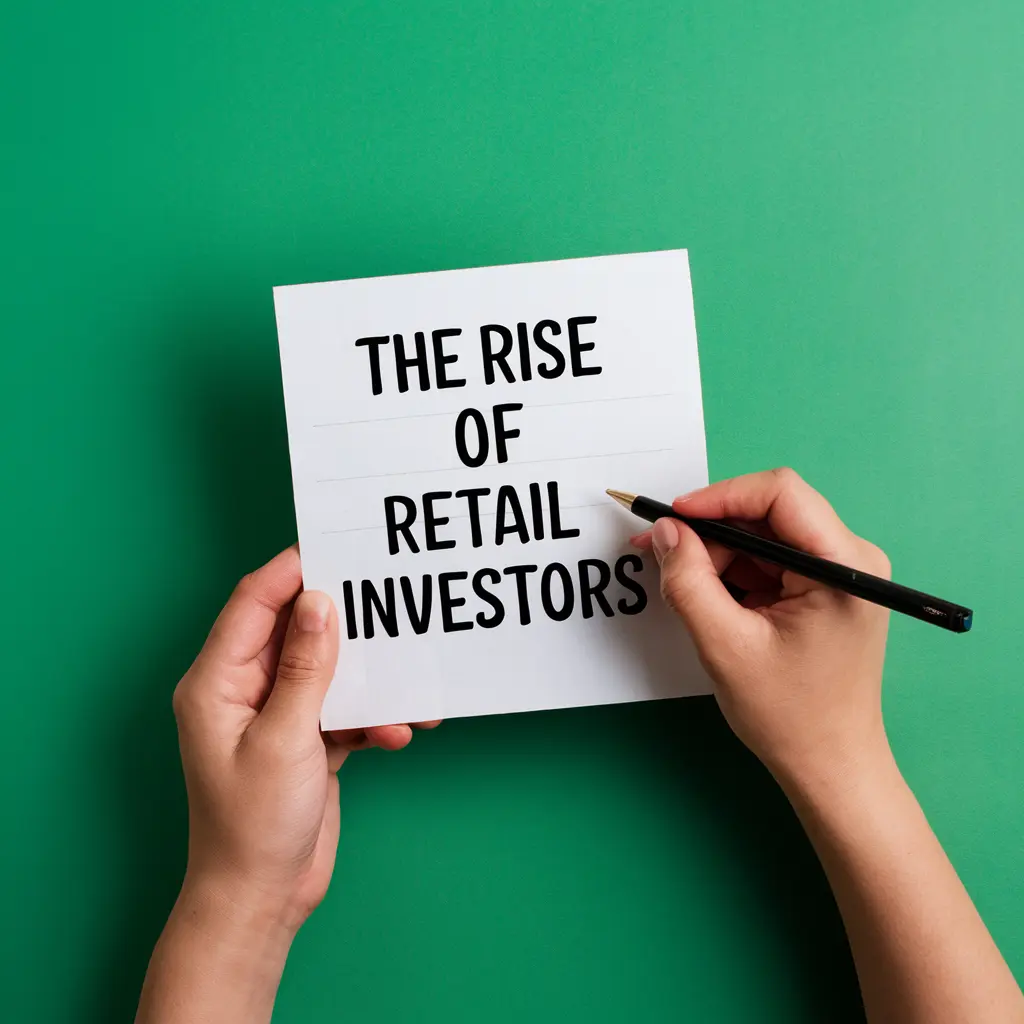
The meme stock craze has its roots in the rise of retail investors.
A. Democratization of investing through online platforms
Investing was once seen as an elite activity. But online trading platforms have opened up the markets to everyday people. This democratization of investing made it easy and affordable for anyone to buy and sell stocks.
B. Increased accessibility and affordability of trading

Retail trading apps like Robinhood played a big role. They offered commission-free trades and user-friendly mobile apps. This lowered the barriers to entry for young, novice investors. Social media also fueled the retail investing boom. People began sharing investment ideas and strategies on forums like Reddit’s WallStreetBets. Online communities made investing feel more accessible and less intimidating.
The numbers show the surge in retail trading activity. In 2020, individual investors bought around 20% of all shares traded, doubling from a decade earlier. During major meme stock rallies, retail buying accounted for over 25% of trading volume. And online brokers added millions of new funded accounts in a matter of months.
But more than just accessing the markets, meme stock mania revealed a shift in investing psychology among retail traders. Fueled by forums like WallStreetBets, they embraced high-risk, high-reward speculative plays. Users celebrated massive wins but also reveled in massive losses through viral memes and posts. Investing started taking on aspects of gambling and video game culture.
C. The role of social media and online communities
The tight-knit online communities encouraged herd mentality too. Seeing others post huge gains created a fear of missing out (FOMO) that drove even more buying frenzies. Retail investors felt empowered to band together against institutional giants like hedge funds through coordinated buying efforts. Social media influencers also played a role in amplifying meme stock mania to their followers.
Psychology of Retail Investor Behavior
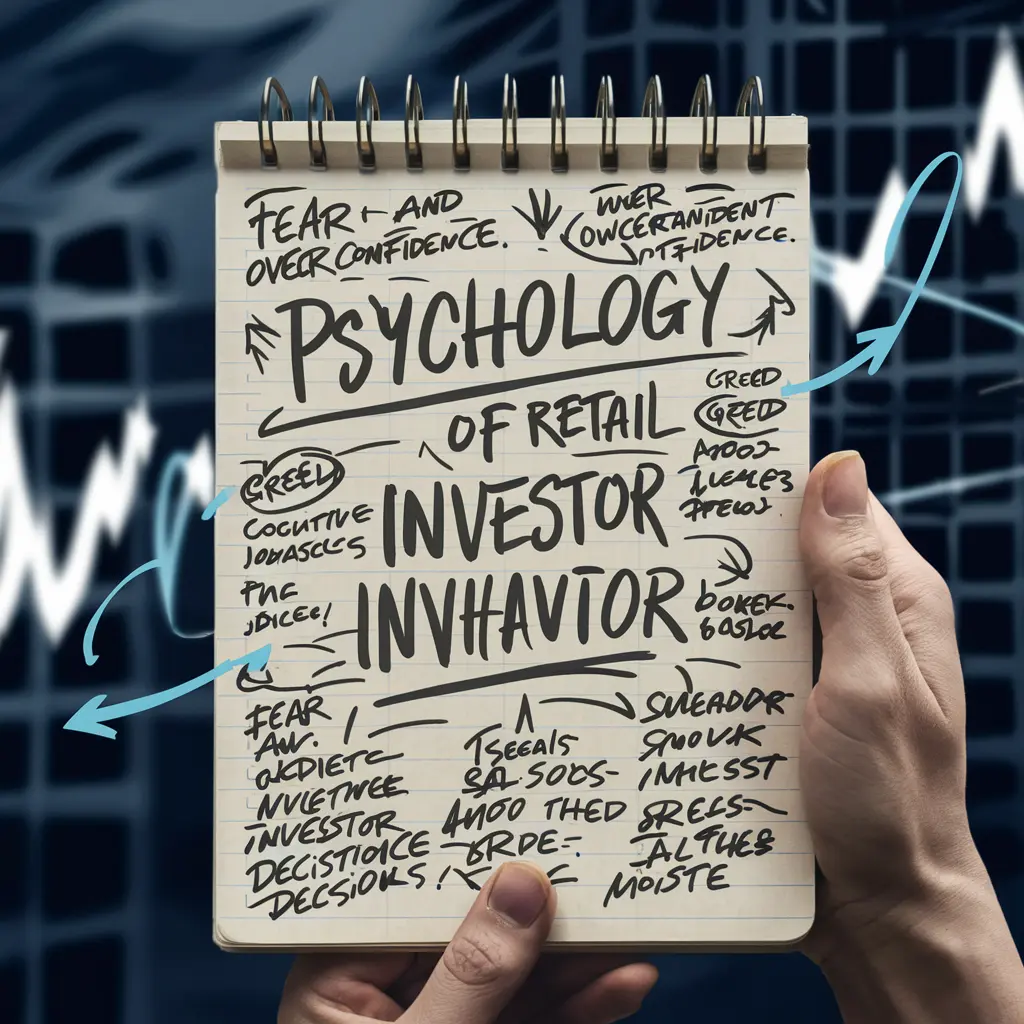
To understand the meme stock craze, we need to examine the psychological forces driving retail investor behavior. A few key factors seem to be at play:
A. Herd mentality and fear of missing out (FOMO)
Herd Mentality and FOMO Humans have a strong tendency to follow the crowd, even if it goes against their own beliefs or better judgment. The rise of social media and online forums amplified this herd mentality around meme stocks. Seeing others post about making massive gains on a particular stock fueled a fear of missing out (FOMO) that drove even more piling in. The desire to be part of the crowd overrode rational risk assessment.
B. Emotional decision-making and confirmation bias
Emotional Decision Making Most models of financial theory assume investors are rational and logical. But research shows our investing decisions are often driven more by emotions like greed, hope and fear than pure math. The stories and anecdotes shared on forums like WallStreetBets tapped into these emotions in a powerful way for meme stock investors. The thrill of making a quick fortune or taking down a hedge fund generated strong emotional responses that outweighed colder financial analysis.
Confirmation Bias We all have an innate tendency to seek out and interpret information in a way that confirms our pre-existing beliefs. In the echo chambers of online communities, bullish narratives and trading rationales for meme stocks got reinforced and amplified. Dissenting views got drowned out or ridiculed. This confirmation bias made it easier for meme stock investors to stay convicted in their trades, even as risks grew.
C. Gamification of trading and the thrill of volatility
Gamification of Trading Investment apps like Robinhood employed features like rewards, achievements and streamers that made trading feel more like a video game than serious investing.
The rush of making money fast got reinforced by celebratory animations and updates. Easy access to options trading turbocharged the gambling mentality too. Losing money stopped feeling as painful when investing looked and felt more like entertainment.
Drivers of Meme Stock Phenomena
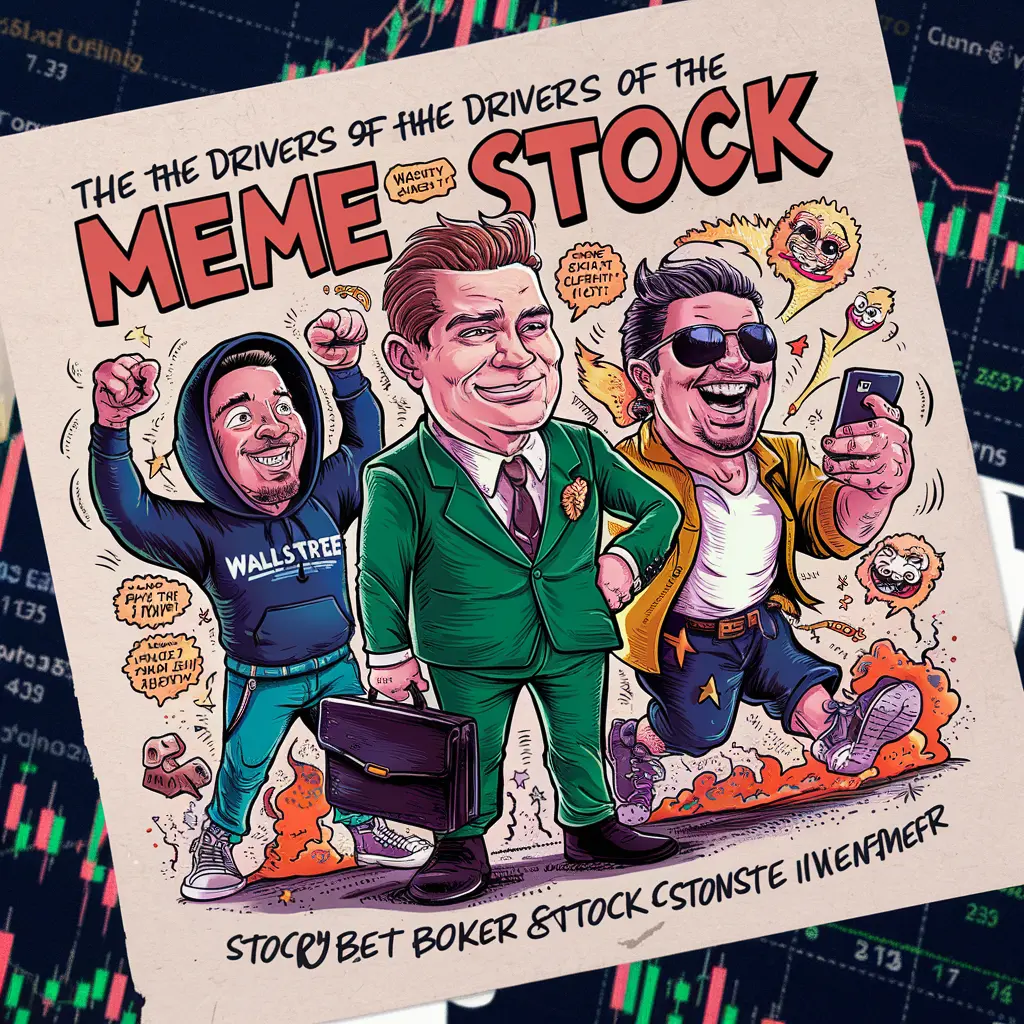
Several key factors converged to create the perfect storm that fueled meme stock mania. Understanding these drivers is important for making sense of the phenomenon.
A. Short squeezes and the role of short sellers
Short Squeezes and Short Sellers One of the biggest catalysts was the short squeeze dynamic around heavily shorted stocks like GameStop and AMC. When a stock is heavily shorted (bets that the price will fall), coordinated buying by retail investors can rapidly drive up the price. This forces short sellers to buy shares to cover their bets, pushing prices even higher in a self-reinforcing loop.
B. Coordinated buying efforts and online activism
Online forums enabled this short squeeze dynamic by allowing retail traders to identify heavily shorted targets and coordinate epic “buy raids” on those stocks. The ability to quickly share data and rally a crowd created a new paradigm that short sellers had to grapple with.
More than just chasing profits, some meme stock investors embraced an “apes together strong” activist mentality. Online communities positioned their buying as a way to fight back against perceived injustices by hedge funds and Wall Street elites. Figures like Keith Gill (a.k.a. Roaring Kitty) became folk heroes for taking on billion-dollar funds.
C. The power of social media influencers and celebrities

Celebrities and influencers also played a role in amplifying hype cycles. Tweets and videos from Elon Musk, Mark Cuban, Dave Portnoy and others sent meme stock prices whipsawing. Their ability to spark buying frenzies with just a few characters of text was astounding.
D. Virality and Crowd Psychology
Part of what turbocharged meme stock rallies was the crowd psychology and virality around the phenomenon itself. Social media posts of massive trading wins spread like wildfire, drawing more investors into the frenzy. Relatable, memefied stories of groups of ordinary people making fortunes overnight resonated powerfully.
The “open source” nature of online forums also played a big role. Crowdsourcing of trading theories, data analysis, and emotional narratives provided a steady stream of content to keep feeding the hype cycle. This virality drastically magnified the scale and velocity of meme stock buying manias.
Strategies and Tactics of Meme Stock Investors
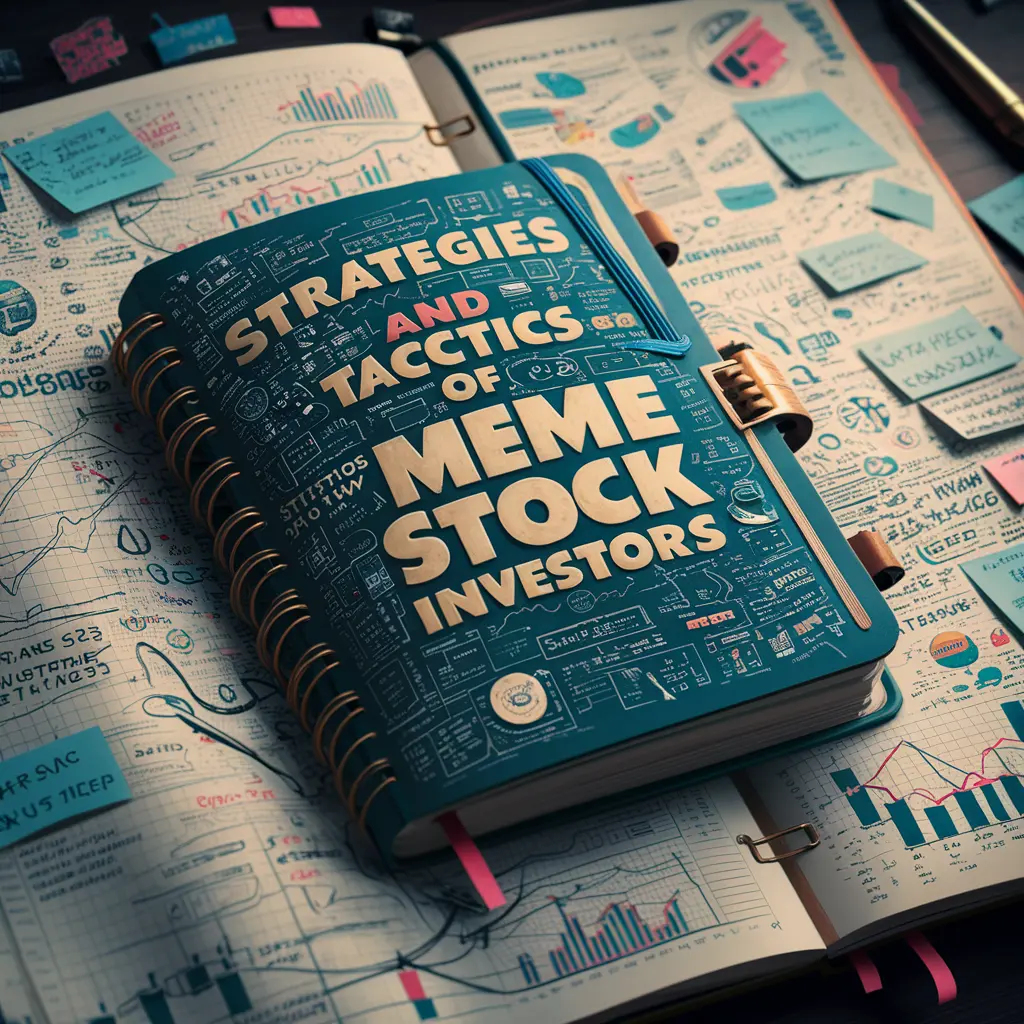
While meme stock mania was often portrayed as a chaotic frenzy, many retail investors employed specific strategies and tactics. Understanding their playbook is important.
A. Identifying potential meme stocks
Identifying Potential Meme Stocks High short interest was a key factor meme stock hunters looked for. Stocks with a large percentage of shares sold short signaled potential for a squeeze. But they also sought out companies with loyal customer bases, memorable brand names, and an underdog vibe that could spark online Movement. Data on share ownership, insider buying, and options activity provided additional clues.
B. Entry and Exit Strategies

Getting in early was crucial for maximizing gains in meme stock run-ups. Many jumped in after initial momentum started building based on chatter in online forums. But knowing when to sell was just as critical. Some had defined price targets or percentage gain goals for ringing the register. Others embraced the mantra of being “diamond hands” – holding on for maximum profits or losses.
To amplify their bets, options like calls were a popular tool. Carefully timed options plays could multiply gains during spikes in volatility. Aggressive traders might use risky strategies like FDs (near-dated far out-of-the-money options). Monitoring social sentiment, trading halts, and short data were key for timing entries and exits.
C. Risk management and position sizing
Risk Management and Position Sizing While meme stocks offered chances for huge, quick profits, the risk of steep losses was also ever-present. Smart investors employed strategies to manage that risk. Position sizing was critical – putting on bets they could afford to lose rather than going all-in. Stop losses, portfolio hedges, and diversification were also used to limit downside exposure.
Some implemented trailing stop losses to lock in house money as rallies extended. Others took a “core and explore” approach, keeping sensible core holdings while speculating with a small portion of capital. The most disciplined treated meme stocks as short-term gambles – quickly capturing profits but avoiding the urge to turn house money into excessive risk.
Regulatory Implications and Market Impact
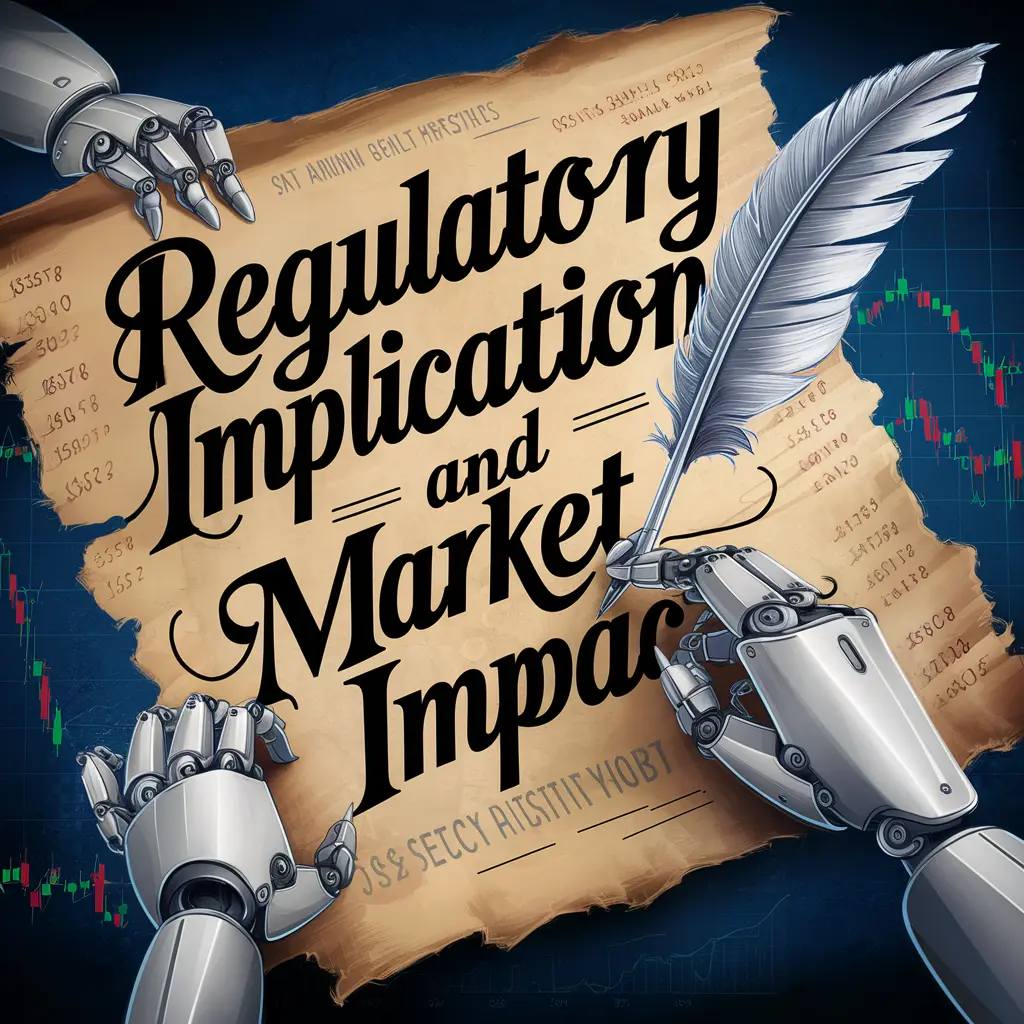
The meme stock frenzy raised alarm bells for regulators tasked with ensuring fair and orderly markets. Several key concerns emerged:
A. Concerns about market manipulation and volatility
Market Manipulation Fears With the power of social media to rapidly coordinate buying activity, regulators worried that meme stocks opened the door for market manipulation.
The ability of influencers and online groups to whip up frenzied trading raised questions about whether publicly shared information was being used to intentionally distort prices.
B. Potential regulatory responses and investor protection measures
Concerns swirled about whether meme stock buzz involved creating misleading narratives or spreading false information as a way to inflate valuations. Regulators have cautioned about the need for online posts to be truthful and not deceptive when it comes to stock promotion.
Protecting Retail Investors On the flip side, there were also worries about safeguarding retail investors from being taken advantage of. The buy-and-hold mantras embraced by some meme traders exposed them to potentially heavy losses as hype cycles faded. There were questions about whether apps used strategies like gamification to unfairly entice investors into excessive risk-taking.
Overall, regulators stressed the importance of rigorous investor education and risk disclosures in this new era of social media-driven trading. There were also calls for more transparency around stock lending and short-selling activity that had enabled some of the meme stock dynamics.
C. The impact on traditional investment strategies and fund management
Systemic Volatility Risks Beyond individual investors, the bouts of extreme volatility in meme stocks also raised concerns about potential spillover effects. The plummets of stocks like GameStop led to billion-dollar markdowns for institutional funds, family offices, and other big investors on the wrong side of the trades.
More broadly, regulators worried that the trading frenzies could undermine confidence and destabilize markets if they kept occurring with size and frequency. There were fears that excessive meme stock activity could squeeze liquidity, disrupt capital formation, and hurt overall market integrity and efficiency.
For More Information Read More Article:
Case Studies and Notable Examples
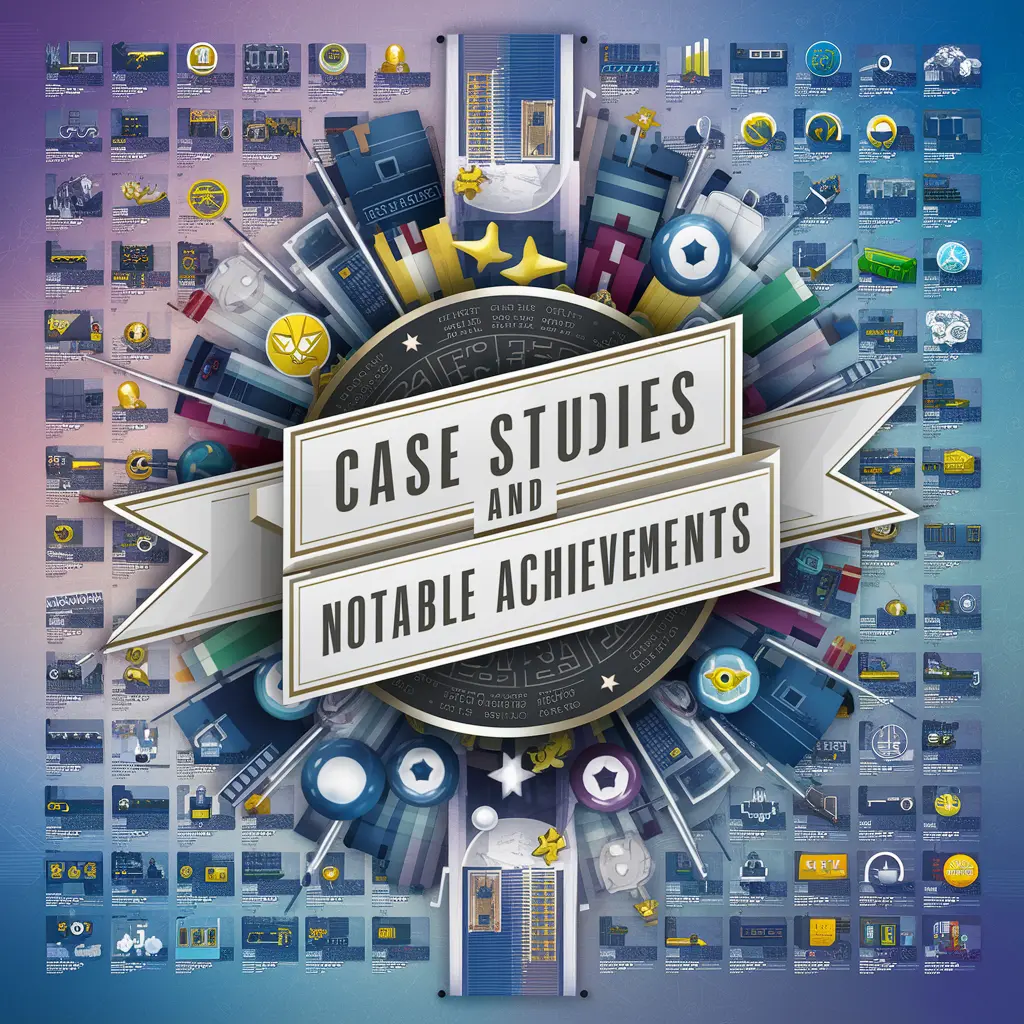
To truly grasp the meme stock phenomenon, it’s helpful to look at some of the most prominent case studies and examples that captured the public’s imagination.
A. GameStop saga and the battle against short sellers
GameStop Saga No story epitomized meme stock mania quite like the GameStop trading frenzy of January 2021. The struggling video game retailer was targeted by retail investors on Reddit’s WallStreetBets forum after noticing its heavily shorted share count. Waves of buy orders executed through low-cost trading apps rapidly drove GameStop’s stock price from around $20 to an intraday peak of $483.
As the share price skyrocketed, short sellers like hedge fund Melvin Capital suffered staggering losses trying to cover their bearish bets. This “short squeeze” dynamic only further emboldened the Reddit crowd, who positioned their trades as a battle against perceived market manipulation by elite Wall Street players. The saga transformed GameStop into a cultural movement fueled by viral memes and heroic dimensions projected onto figures like Keith Gill.
B. AMC Entertainment and the “Ape Army”
AMC Entertainment’s “Ape Army” Another chain caught in the meme-driven short squeeze phenomena was movie theater operator AMC Entertainment. Facing potential bankruptcy from pandemic closures, AMC became a symbolic underdog cause for bullish retail investors to rally behind. By coordinating en masse stock purchases, most notably through groups like #AMCArmy on Twitter, they successfully drove up AMC’s share price over 3,000% in 2021.
This “ape army” further pressured short sellers, while AMC itself capitalized on the frenzy by raising over $1 billion in new capital through share offerings. Affinity for the company grew as AMC leaned into the movement through gestures like gifting free popcorn to shareholders. While AMC’s fundamentals remained shaky, the epic price run showcased the power of a self-perpetuating meme stock narrative.
C. Other meme stock stories and their unique characteristics
Beyond Stocks: Meme Crazes in Other Assets While GameStop and AMC were the quintessential meme stock examples, the hype also spilled over into other asset classes like cryptocurrencies and commodities. Social media-fueled speculative frenzies erupted in digital coins like Dogecoin, as well as materials like silver. These meme-asset crazes shared hallmarks like the ability for online communities to quickly stimulate demand through collective buying power and viral data sharing.
In each case, the underlying drivers of crowd psychology, fear of missing out, and a “gamelike” approach to trading were on full display. Whether GameStop at $483 or Dogecoin at 70 cents, the mere novelty of seeing once-dismissed assets experience massive, unthinkable price spikes was itself a phenomenon that reinforced the meme frenzy loop.
Lessons Learned and Future Outlook

The meme stock revolution was a wake-up call for investors and markets alike. As the dust settles, what key lessons can we take away? And what might the future hold?
A. The sustainability of meme stock phenomena
Sustainability Questions A core question is whether meme stock phenomena represents a lasting, paradigm shift or merely a fleeting speculative mania. The sheer size of the retail investor herd involved suggests these frenzies could keep occurring around the right catalysts and crowd narratives. Apps making trading accessible and social media amplifying hype loops are here to stay.
However, the game-like nature of meme stock trading also raises concerns about long-term sustainability. As the novelty wears off and losses potentially mount, will new investors keep replenishing the pool of willing participants? Or will human psychological biases like fear and greed cause these cycles to inevitably dry up over time? Only time will tell.
B. Potential long-term consequences for retail investors
For many retail traders, meme stocks were their first intense investment experience riding extreme volatility and viral crowds. The fortunes made and lost could impact financial behaviors for years to come – both positive and negative.
On the upside, the empowerment and investing confidence fostered by meme wins could motivate smarter, more educated long-term investing habits. It opened eyes to alternative asset classes, trading strategies, and the power of online communities.
But heavy losses and the adrenaline wear-off could also breed disillusionment and distrust of markets. Without proper risk management, wealth destruction could turn many off from investing entirely. The psychological imprints, both triumphant and traumatic, linger.
C. The evolving role of social media and online communities in investing
Social Media’s Amplified Role Looking ahead, social media’s ability to rapidly disseminate information and galvanize fragmented investor crowds will likely only grow. We’re still early in understanding the impacts of influencer sway, crowdsourced trading signals, and viral narratives shaping market behavior.
This democratization of information flow empowers retail investors in some ways. But it also creates risks of misinformation spread, manipulative hype-cycles, and herd frenzies overriding fundamentals – an environment regulators must get a handle on.
Meme stocks highlighted both the potential opportunities and perils of this new social media-ized investment landscape. Navigating it will require constant education, skepticism of crowd narratives, and vigilant risk discipline from all participants. Only then can the true lasting benefits be harnessed.
The Future of Meme Stocks
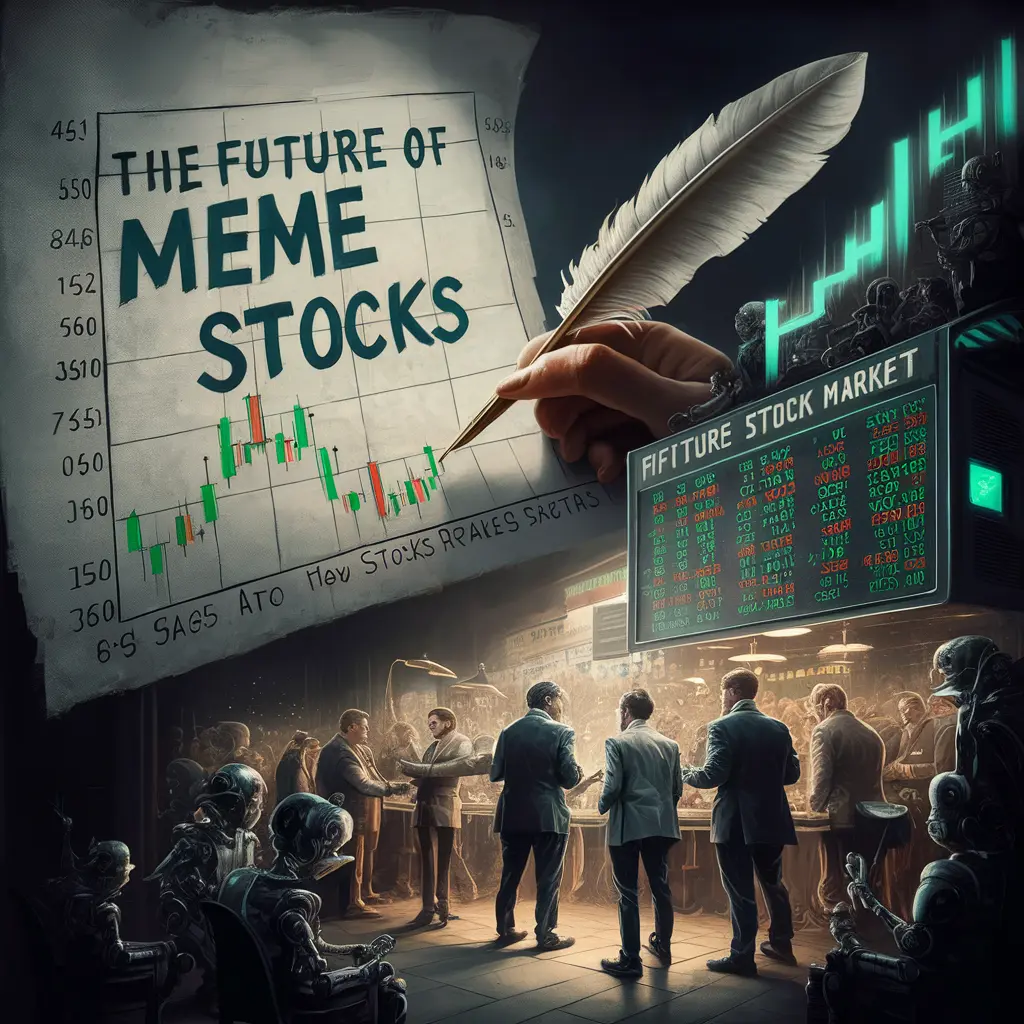
We don’t know what will happen with meme stocks in the future. They’ve become popular among new investors, but their success could be affected by market changes and new rules. Many things will decide if meme stocks will remain important or fade away.
Investing by regular people has changed, and they should be ready for more changes. Meme stocks and digital currencies like Dogecoin might see big changes as new rules come in and online groups change in influence.
| Tip Number | Tip Title | Description |
| 1 | Spread Your Investments | Don’t invest all your money in Meme Stocks. It’s safer to mix different types of investments and companies. |
| 2 | Stay Updated | Watch social media and online forums for the latest talks about Meme Stocks. Knowing which stocks are getting attention can help you make better decisions. |
| 3 | Set Clear Goals | Have clear investment goals and plans for when to sell your stocks. Know how much risk you can take and how much money you’re okay with investing in Meme Stocks. |
| 4 | Stay Calm | Meme Stock markets can be very emotional. Try not to make quick decisions based on fear or excitement. Sticking to your own plan is usually better. |
Conclusion
The meteoric rise of meme stocks shattered conventional assumptions about how assets get valued and markets function. What started as a speculative fringe activity morphed into a cultural movement that upended investing norms.
At its core, meme stock mania represented the phenomenon of retail investor crowds flexing their cumulative buying power in unprecedented ways. Online forums enabled sharing of trading ideas, data, and emotional narratives at warp speed. This spawned self-reinforcing cycles of hype and speculation that capitalized on human behavioral biases like FOMO, herd mentality, and gamified thrills.
Key drivers like the short squeeze dynamic and celebrity/influencer promotions supercharged these feedback loops. Struggling “underdog” companies like GameStop and AMC suddenly experienced epic price spikes detached from fundamentals as crowds piled in. Stocks ceased being mere tickers, transforming into battlegrounds over market structure, populist symbols, or just novel vehicles for quick riches.
But meme stocks were about more than just making (or losing) fortunes. They represented the furthest frontier yet of investing’s “democratization” through low-cost trading apps and social media’s power to rapidly coordinate fragmented crowds. Barriers collapsed between investing, gambling, and internet culture as retail traders embraced high-risk, high-reward speculative frenzies.
This seismic shift reverberated across markets and institutions. Regulators scrambled over fears of manipulation, investor protection lapses, and systemic volatility risks. Short sellers and funds managing “smart money” portfolios got blindsided by these detached-from-fundamentals market dynamics. Even companies like AMC themselves capitalized on the meme stock zeitgeist by selling shares into the frenzied buying.
Looking forward, meme stocks taught harsh lessons about the dangers of hype cycles and crowd narratives overriding reason. Yet they also highlighted incredible opportunities from empowered investing collectives fueled by digital community-building and information-sharing. Navigating this brave new ecosystem will require constant education, emotional discipline, and skepticism from all participants.
More than just an odd market footnote, meme stock mania may have kick-started permanent shifts in how investing society values assets and coordinates belief systems around them. Managing those forces responsibly is the next frontier for markets.

James Wilson is the insightful financial writer behind the wealth of knowledge on WealthWaves. With a keen understanding of finance and a passion for helping others navigate the complexities of money management, they specialize in crafting informative articles, practical tips, and expert advice to empower readers on their journey to financial freedom.
Join James Wilson on WealthWaves to embark on a path towards financial success and prosperity.
